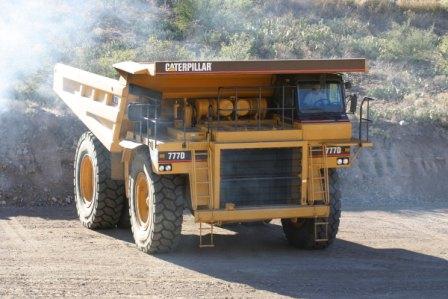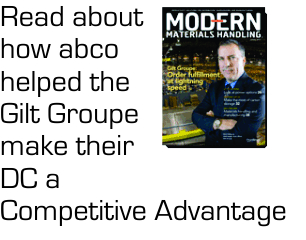Transcript for: Surprising Cost Difference between Automated Distribution Centers & Conventional
Hi, I’m Cory Flemings from abco automation. Hey I want talk to you today about a story about concrete or about conventional buildings versus automated distribution centers. In a recent event in my life we were working with a client that wanted to build a conventional freezer. We said no you should consider automation. And she said OK, the CFO, we will consider automation, but it is really just a throwaway option.
I said, “Throwaway option? That’s not true!”
She said sure it is, “Automation is so expensive.”
That’s something that we in the automation field hear all the time.
I said well you are a CFO, pull out your calculator and let’s run some numbers. So she pulled out a calculator and we went to work.
I said the conventional facility for the operation that you want to do will be 500,000 ft.² and if you take 500,000 ft.² and multiply that by $120 a square foot what does that come out to?
She said that’s “$60 million”. I said that’s correct.
I said I am looking at an automated distribution center or automated storage and retrieval facility that is 117,000 ft.². Yes, a hundred and 117,000 ft.², compared to 500,000 ft.² but I said tell you what let’s add on another hundred thousand square feet for docks, workspace and so forth and we will give you a building that is 220,000 ft.².And if you multiply that by $120 a square foot. What do you get?
And she said, “Oh gosh my calculator must be wrong.” I said no, it’s not, wrong it is only $26.4 million.
She said, “That cannot be!”, I said yes that is true in the difference between these two is substantial.
But that’s not the end of this picture. If you have to go buy the land for this process then you have to spend even more money. A let me show you why.
When you build a building on a piece of property depending upon local codes and ordinances you cannot consume with your operation more than 50% of the land. So if you take 25% of the land and then add to it your concrete turnarounds, your waste-water basins, your easements and your parking lots all of those other pieces of the property shouldn’t add up to more than 40%. Because in the future you might want 10%, between 40 and 50% to build a new maintenance building or whatever. You don’t want to land lock yourself on day one.
So you only use 25% of the land you buy for your distribution center. So if you want to put in a building that is 500,000 ft.² you need to actually buy 46 acres of property to support that operation. And if land is $100,000 an acre that is $4.6 million more.
Over here for 220,000 ft.² I need 20 acres to support that operation. And 20 acres again at $100,000 a square acre is another $2 million.
So look at the substantial difference now between when you build a green field building a conventional building versus an automated distribution center.
You are looking at a difference of $64.6 million here and over here $28.4 million and I have a $36.6 million difference between these two. And that’s $36 million you can spend on automation to get a building that cost as much as a conventional building that is not racked, that doesn’t have rolling stock that doesn’t have a WMS, that doesn’t have an RF network with guns and so forth.
You are talking about a lot of automation and material handling equipment that you can invest in before you even turn the key and turn on it on, let alone the labor savings once it begins to run. So when people tell you automation is too expensive and you are going to build a green field distribution centers remember this tale of two distribution centers and how much difference this can make.
We have a white paper about this subject “Why You Should Go Up” I recommend you download it and it can be found here.





